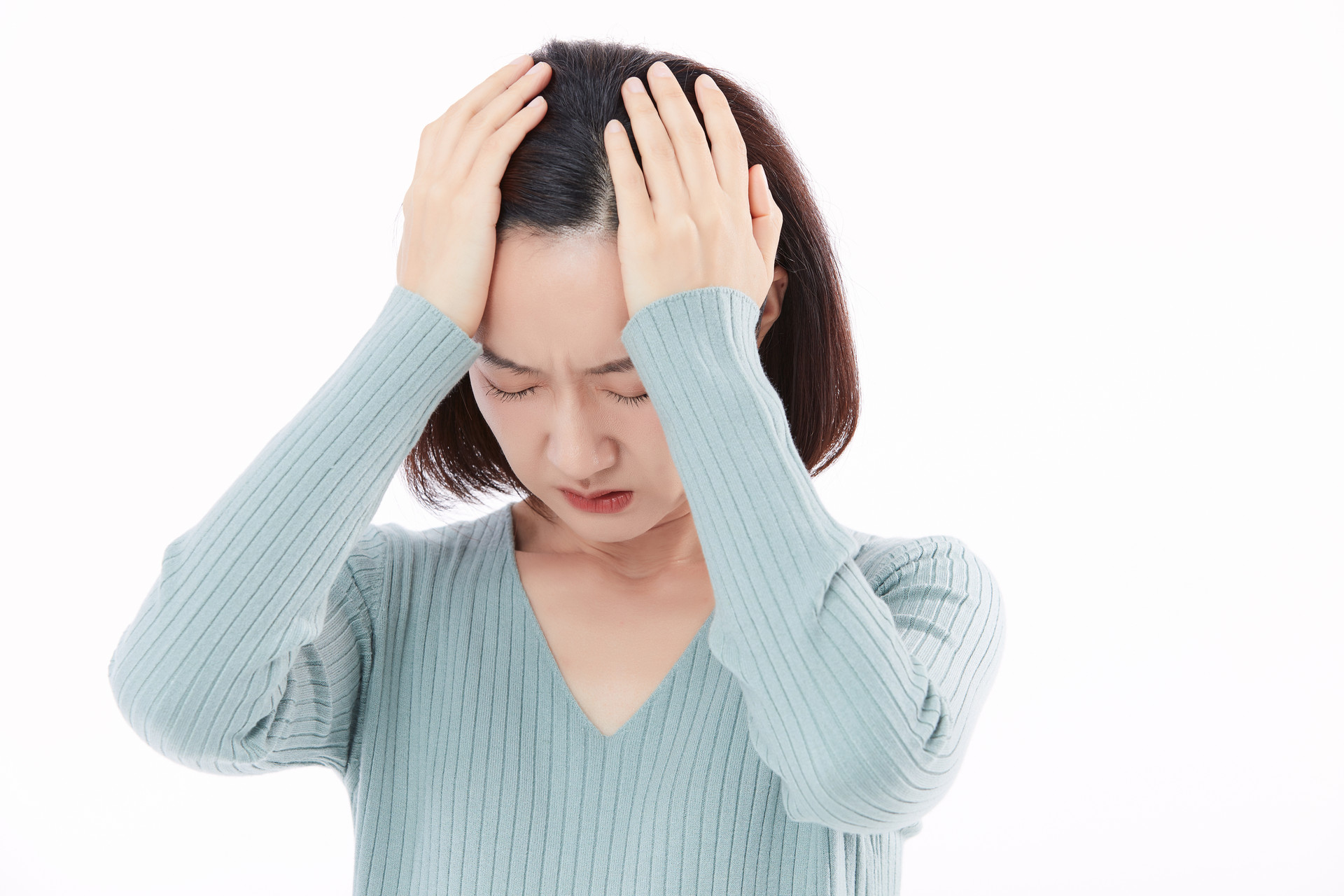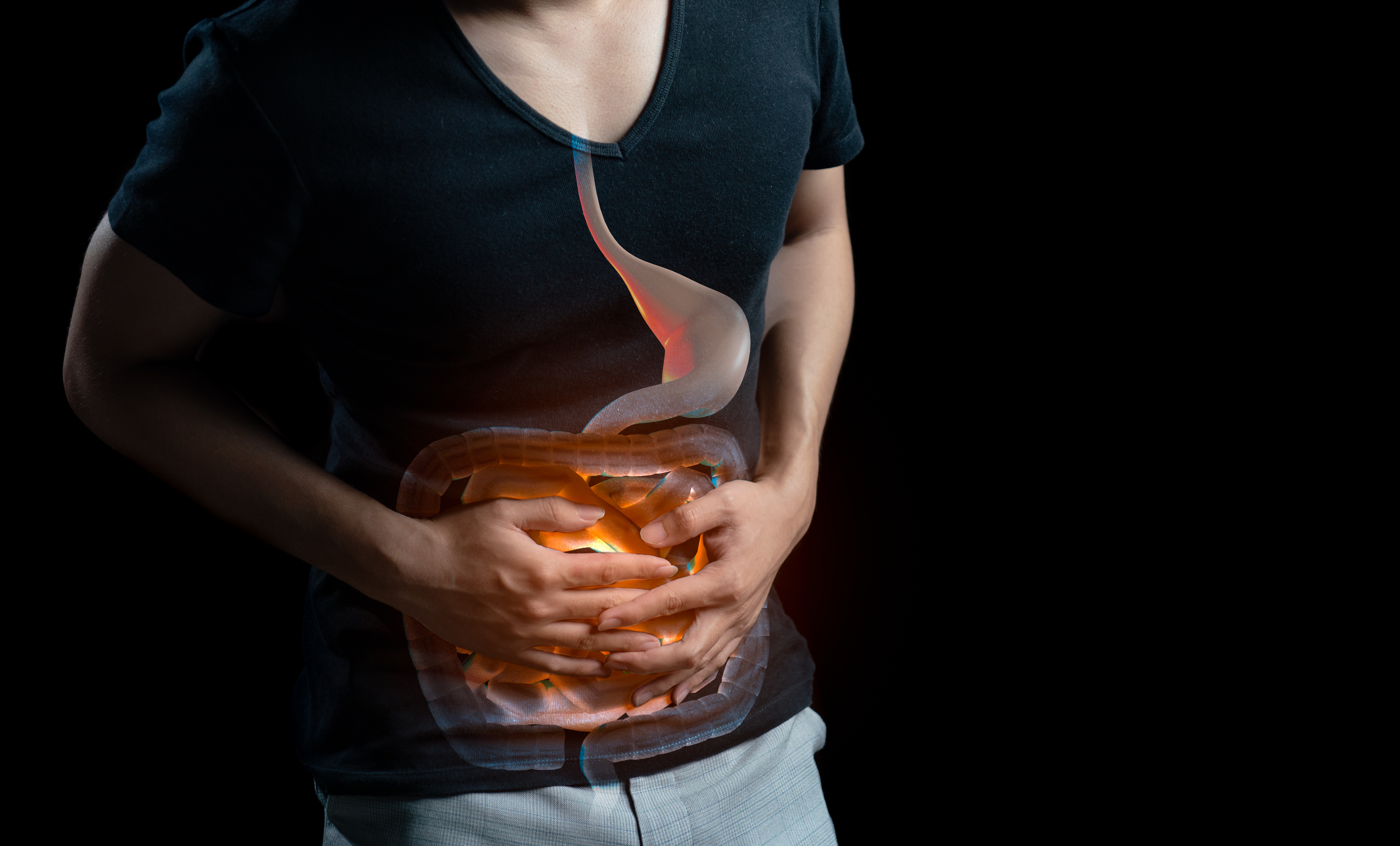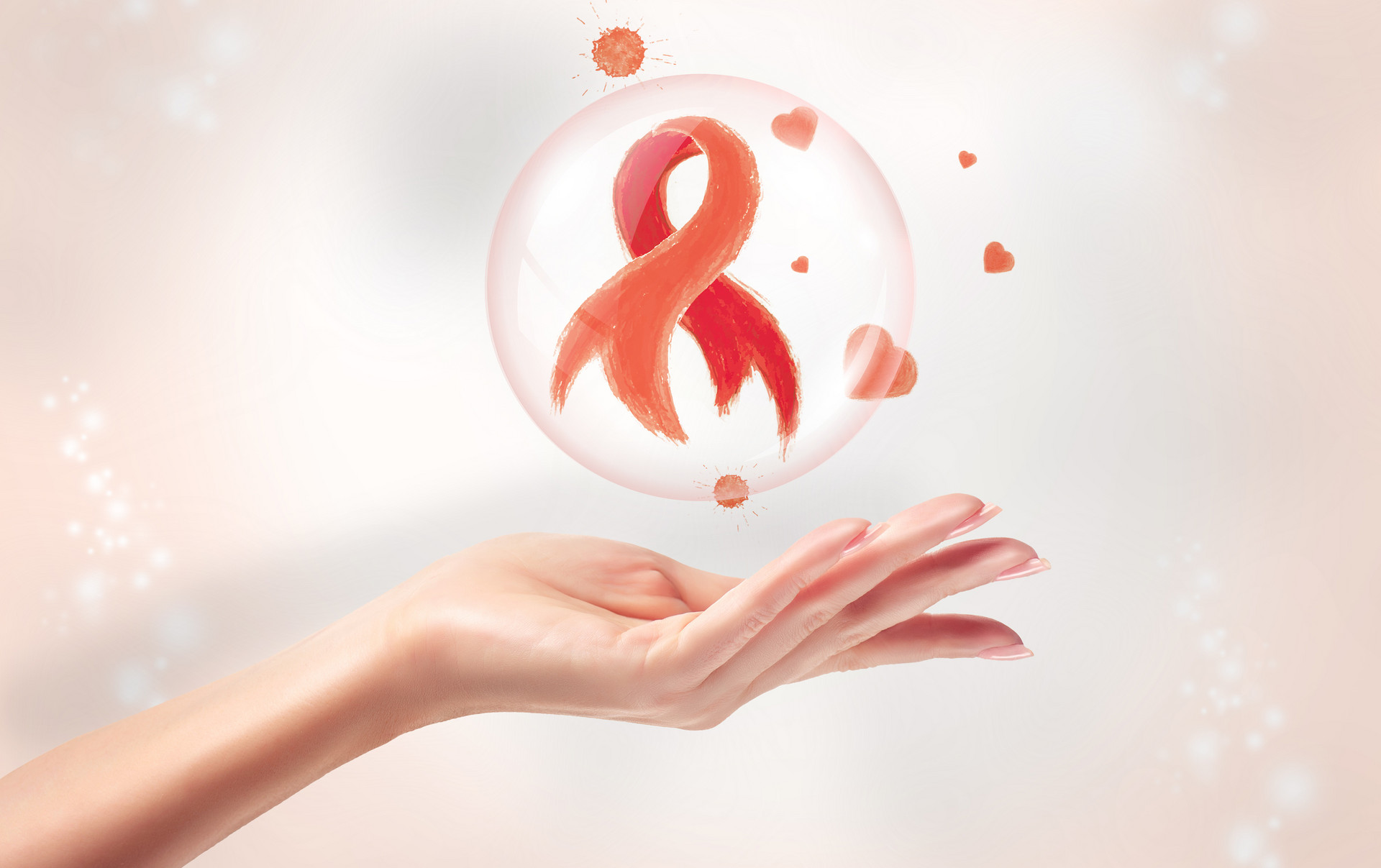Gynecological inflammation can have various symptoms, but generally, early symptoms are mild and easily overlooked. When women experience the following symptoms, they must be alert to gynecological diseases and seek timely medical treatment.
Gynecological inflammation mainly presents the following symptoms:
1. Cervicitis: Some cases are asymptomatic, while others may experience increased vaginal discharge, which is mucopurulent. The stimulation from vaginal discharge can cause hidden itching and burning sensation. Other symptoms may include intermenstrual bleeding and bleeding after sexual intercourse. Additionally, there are often lower urinary tract symptoms such as urgency, frequency, and pain during urination. Gynecological examination may reveal cervical congestion, edema, ectropion, purulent discharge from the cervical canal, tenderness, friability, and easy bleeding upon palpation.
2. Vaginitis: The main symptoms are increased vaginal discharge and external genital itching, as well as burning, pain, and pain during sexual intercourse. The characteristic features of the discharge are thin, purulent, yellow-green, frothy, and foul-smelling. If there is concomitant urethral infection, there may be urinary frequency, dysuria, and sometimes hematuria.
3. Pelvic inflammatory disease (PID): It can be acute or chronic. Acute PID has a sudden onset and rapid progression, with symptoms such as high fever, abdominal pain, abdominal distention, nausea, vomiting, diarrhea, chills, and headache. Chronic PID manifests as general fatigue and low mood, especially worsened between menstrual cycles and after sexual intercourse.
4. Adnexitis: Adnexitis can be acute or chronic. Acute adnexitis is accompanied by symptoms of abdominal pain and fever, while chronic adnexitis is accompanied by symptoms such as abdominal pain and increased vaginal discharge. Chronic adnexitis is one of the causes of female infertility.
Treatment methods for gynecological inflammation:
1. Targeted medication:
Gynecological inflammation is not terrifying. As long as women have strong inner strength, the problem of gynecological inflammation can be solved. Through medication, some inflammations can be cured through physical treatment. Gynecological inflammation can be divided into four types: vaginitis, pelvic inflammatory disease, cervicitis, and adnexitis. It is essential to target the medication based on individual symptoms in order to achieve better treatment results.
2. Medication wash:
The use of medication for gynecological inflammation, such as douching or suppositories, needs to be done under the guidance of a doctor. If a woman has candidal vaginitis, she can wash the vagina with a solution of baking soda. Since the optimal pH value for candida growth is 5.5, rinsing the external genitalia and vagina with an alkaline solution can change the vaginal acidity and inhibit the growth and reproduction of candida. A 2-4% baking soda solution can be used to rinse the vagina 1-2 times daily for a duration of 2 weeks. After rinsing, the external genitalia should be dried to maintain dryness and inhibit the growth of candida.
3. Medication under the guidance of a doctor:
Commonly used medications for gynecological inflammation are generally divided into local treatment and systemic treatment, with oral and topical options. When using medications, women should always follow the advice and guidance of a doctor. Self-medication may not achieve the desired treatment effect and can easily lead to microbial drug resistance, affecting the treatment outcome.
Friendly reminder: When using medication, it is important to first determine the type of inflammation and use targeted medication for better treatment results.












